Hello y’all—
It’s the first Tuesday of the month, so I hope you’re ready for a new installment of Trading Card Tuesday!
Wowee zowee, gentle readers. First of all, I cannot BELIEVE it’s August. WHERE did the summer go? Second, did you know that this entry is the penultimate chapter in our “Into the Omniverse” trading card series?! Luis and I are so excited to share the last few cards with you and we’re super pumped to respond to messages from our readers!
That’s right– after the conclusion of the first volume of trading cards in September, we look forward to doing another installation of our reader correspondence column “Omni-Mail: Reality Check!” If you have questions, comments, fan theories, or anything else you’d like to send our way, reply to this message or send us a DM using the button below. Please remember to include “okay to print” in you message if you’re cool with us sharing and responding to your letter publicly.
Another important reminder: The New Futurists will be heading to Flame Con August 17th and 18th at the Times Square Sheraton in New York City. We are beyond thrilled to see old friends, meet our readers, and invite every last one of you to join us in the New Futurists community.
Let’s get into our feature presentation. Today’s character is one of the first I wrote when I began mapping out the world of the Omniverse. The concept is rooted in Black American folklore and west African mythology with hints of Black Panther, the Inhumans, and the Wonder Woman mythos sprinkled in. It was really important for me to get this character right, so please let me know if you have feedback. Now without further ado, Luis and I are proud to introduce you to the Aziza— the winged protectors of Sycorax!
Content warning: this story features depictions of chattel slavery, self-harm, and physical violence. Reader discretion is advised.
When pitching the character of Aziza and what her card would look like, Ben very early on referenced Alex Ross' wonderful cover featuring Angel of the X-Men saving a little mutant girl from a mob. That immediately set the tone as to who the character was for me. In my head, I started seeing her as a protector of the children of Africa. Someone who experienced the horrors of humanity as a child and vowed to never let another child suffer the way she did. And so I wanted the art of the card to convey that aura through a child's POV perspective.
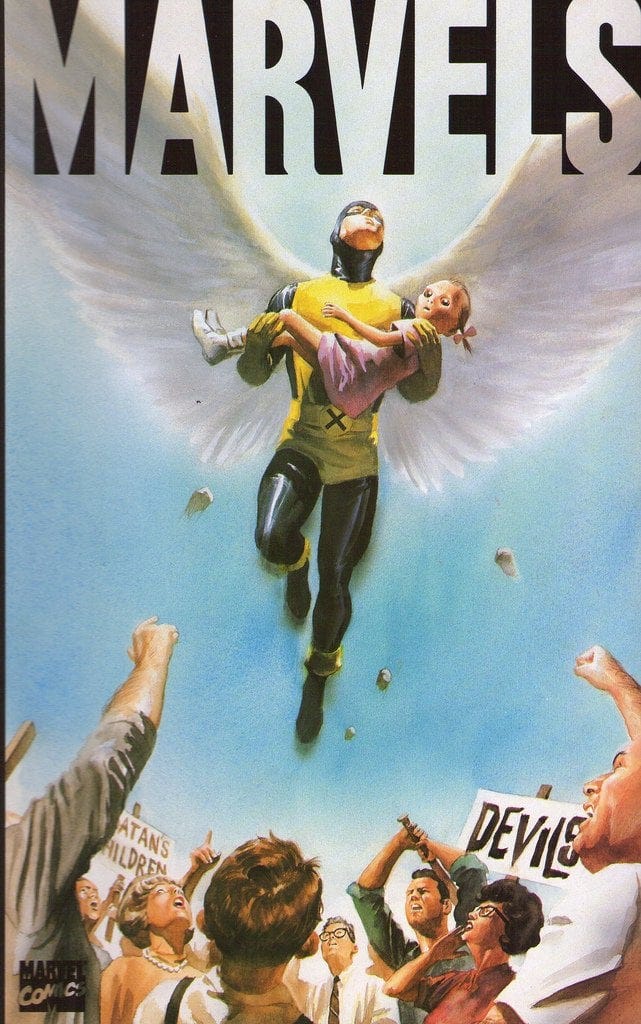
When doing research about the Aziza and their roots in African mythology, I found that the Aziza were basically fairies that had butterfly wings. And while a beautiful image, I really didn't want to give her physical animal wings mostly because, given her backstory, I wanted her wings to be a visual representation of her adversity and strength. So, I thought, "what if this character had an inner power of resilience that was so pure she willed her wings into existence?" Everything else just fell into place after that. I wanted people to know that when you look at her wings, you are seeing a piece of her soul. When you see her wings, you see a guide to a brighter future.
- Luis Valero-Suarez
Revelation Day: Part One
Happy Revelation Day! On this day in history, Winganda Dare broke the staff of the vile sorcerer Prospero, returning New Cawkaigne to its proper place in spacetime on the first Revelation Day, June 6, 1766.
Sycorax is one of three original locations I imagined when building out the story world of the Omniverse (along with Pearl Valley and New Cawkaigne). I first thought about New Cawkaigne’s neighboring island as a sort of American Wakanda– an Afrofuturist society inspired by folklore surrounding colonial encounters in North America.
The story of “flying Africans” is at the heart of Sycorax. I think I first read a version of the folktale in Virginia Hamilton’s remarkable children’s book The People Could Fly illustrated by Leo and Diane Dillon. I found my childhood copy of that book at my parents’ house last summer and fondly remembered how many hours I spent with it!
I’d be remiss if I didn’t also mention Toni Morrison’s Song of Solomon, Octavia Butler’s Wild Seed, and Randall Kenan’s Black Folk Could Fly as texts that expanded my understanding and appreciation of the folklore surrounding “flying Africans.”
I envisioned the Aziza as a sort of communal role. In my notes to Luis I wrote: “No one person takes on the mantle– I imagine it working more like ‘Batman Incorporated.’ There is a formal process by which warriors of all genders and gender expressions train to be Aziza. The council of Aziza chooses its members based on the challenges and needs of the era. The number of Aziza who respond to any given threat depend on the scope of the crisis.”
Luis and I shared some references for 19th-century, west African clothing, but the gorgeous design he created for Mmesoma Uduike blew my mind when he sent it over. Given my reference to Alex Ross’s Angel cover, I had been expecting a design with feathery, bird-like wings. Please imagine how delighted I was when this illustration with those iridescent energy wings came through!
I can’t tell you how much I love Luis’s imaginative work here. He draws upon the mythology of the aziza and Gullah/Geechee folklore about flying Africans to create a historically respectful, but marvelously inventive design. In addition to the brilliant “energy wing” concept, I really love his references to 19th century Nigerian clothing.
For me, Mmesoma, as a character, and the Aziza as a concept are a great example of collaboration producing something magical that exceeds the vision of a single creator working alone.
– Ben Bolling





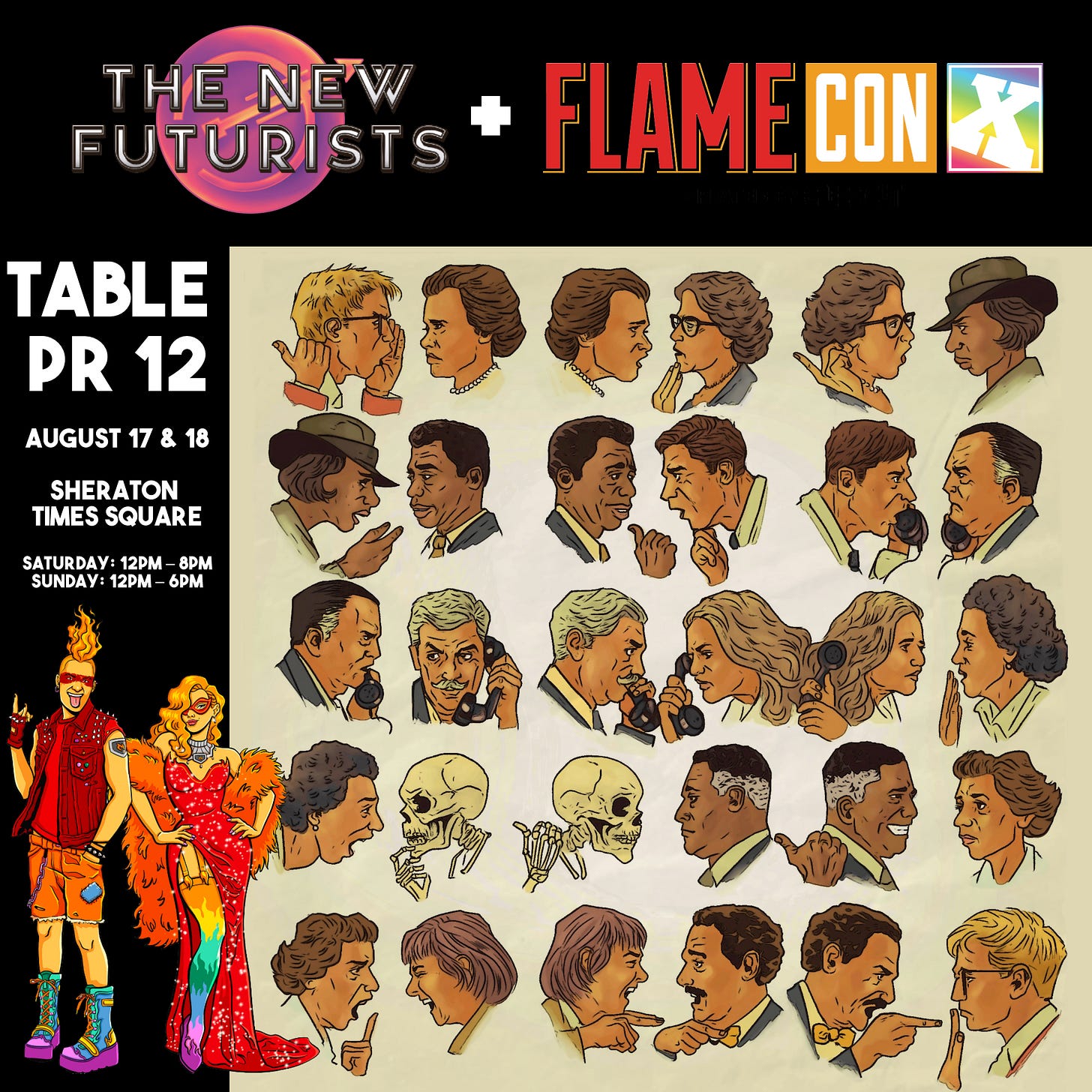

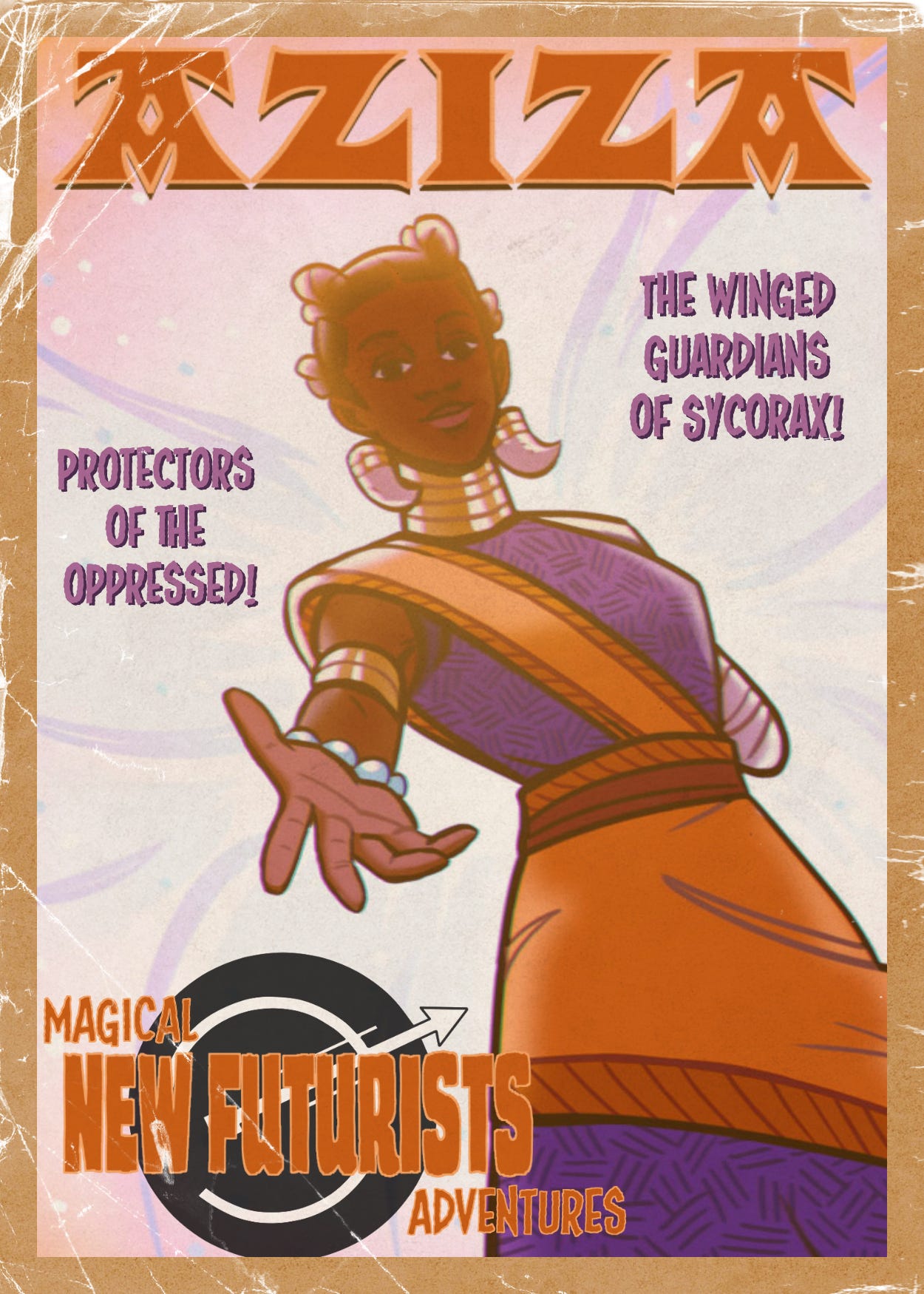
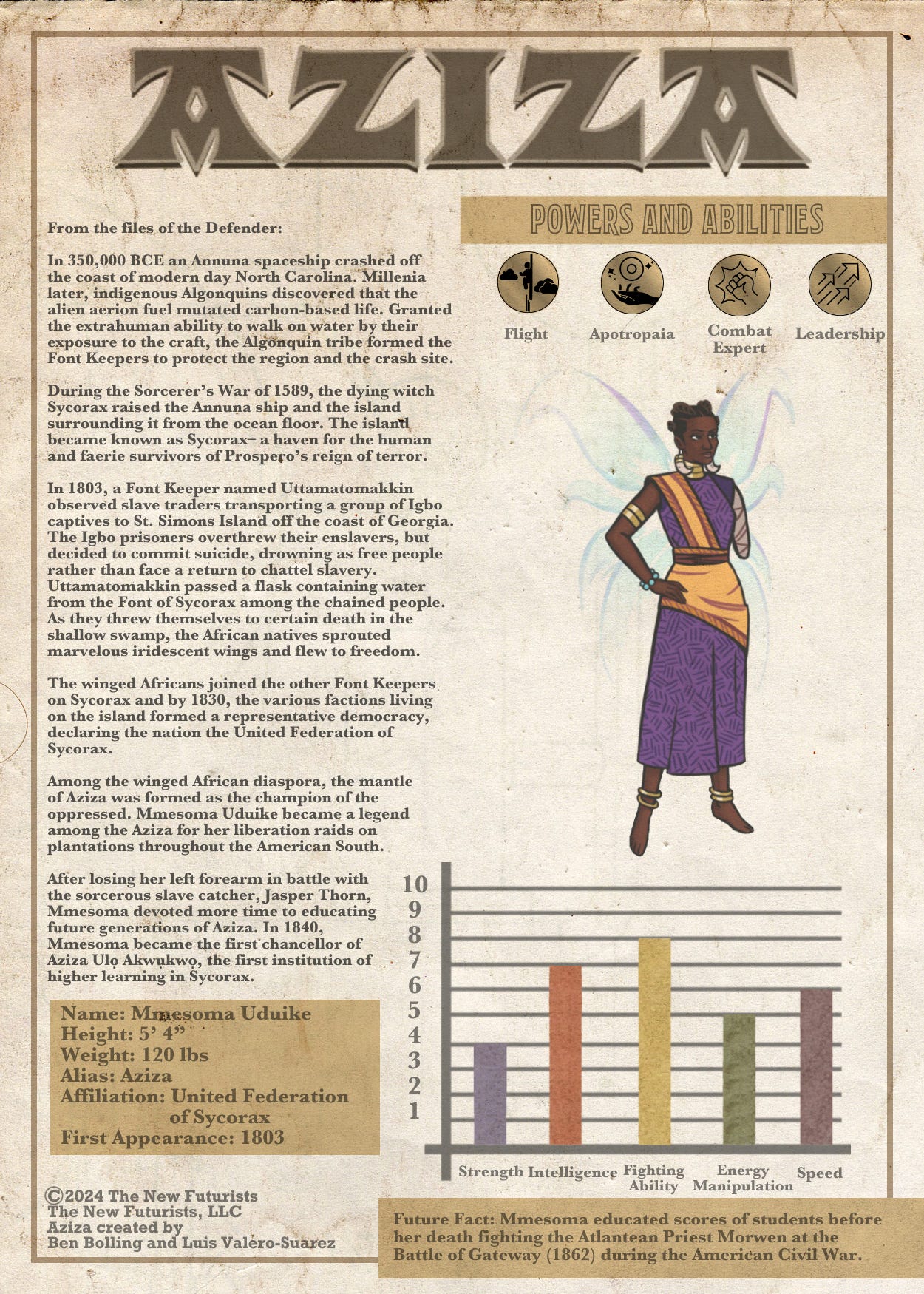

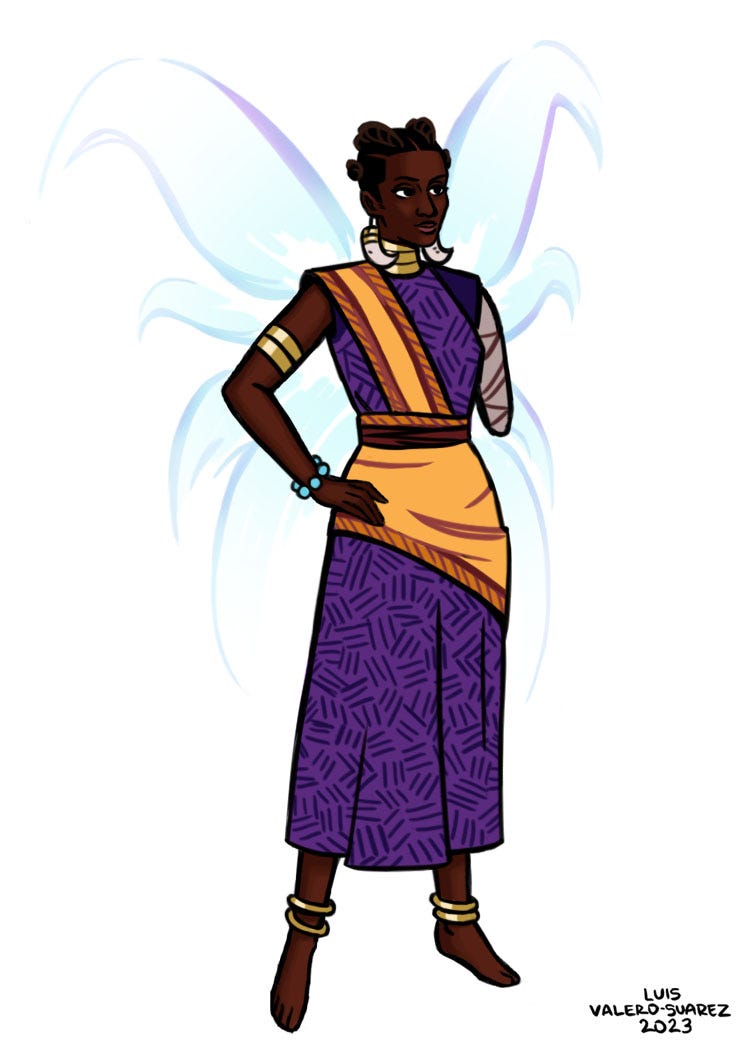



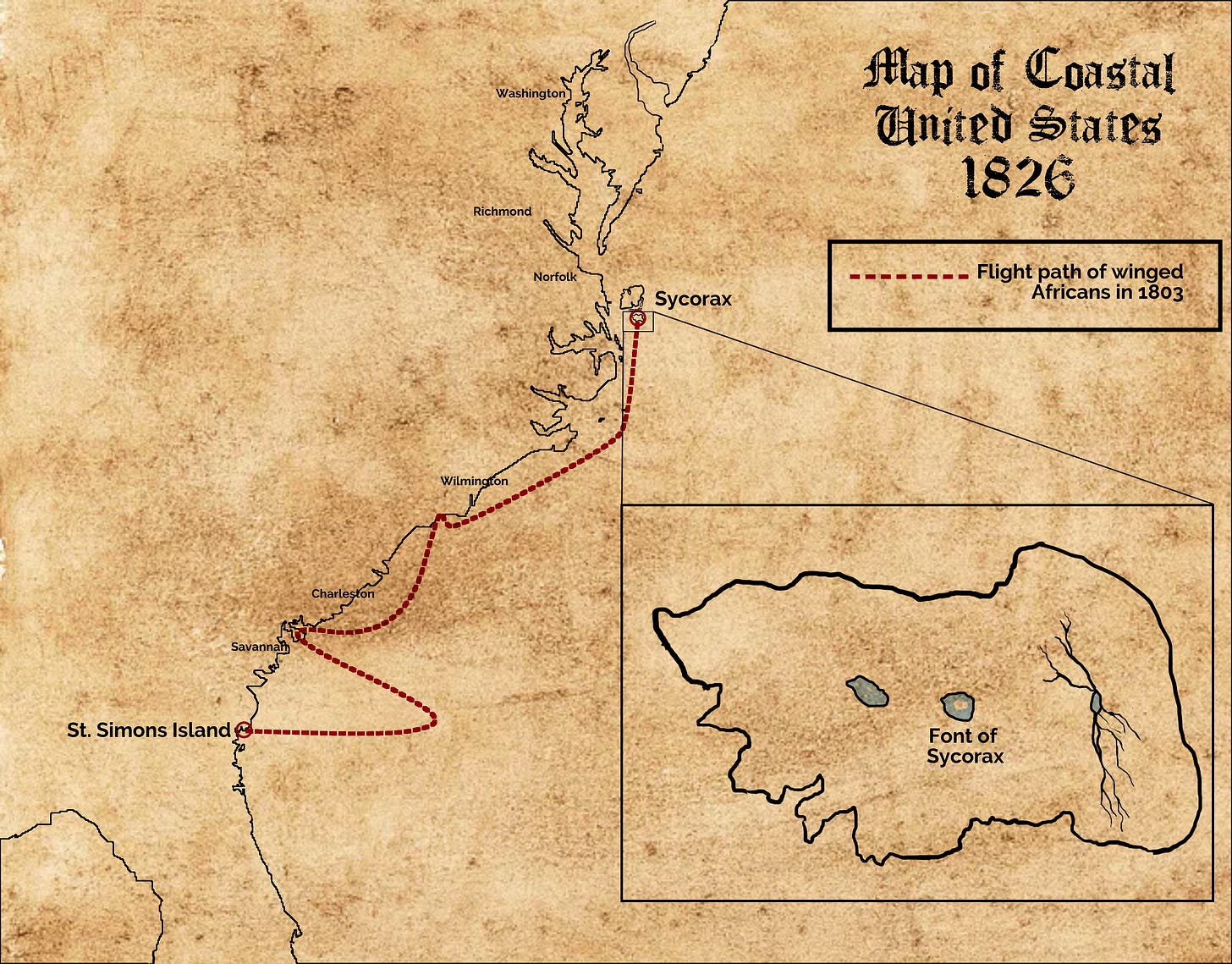
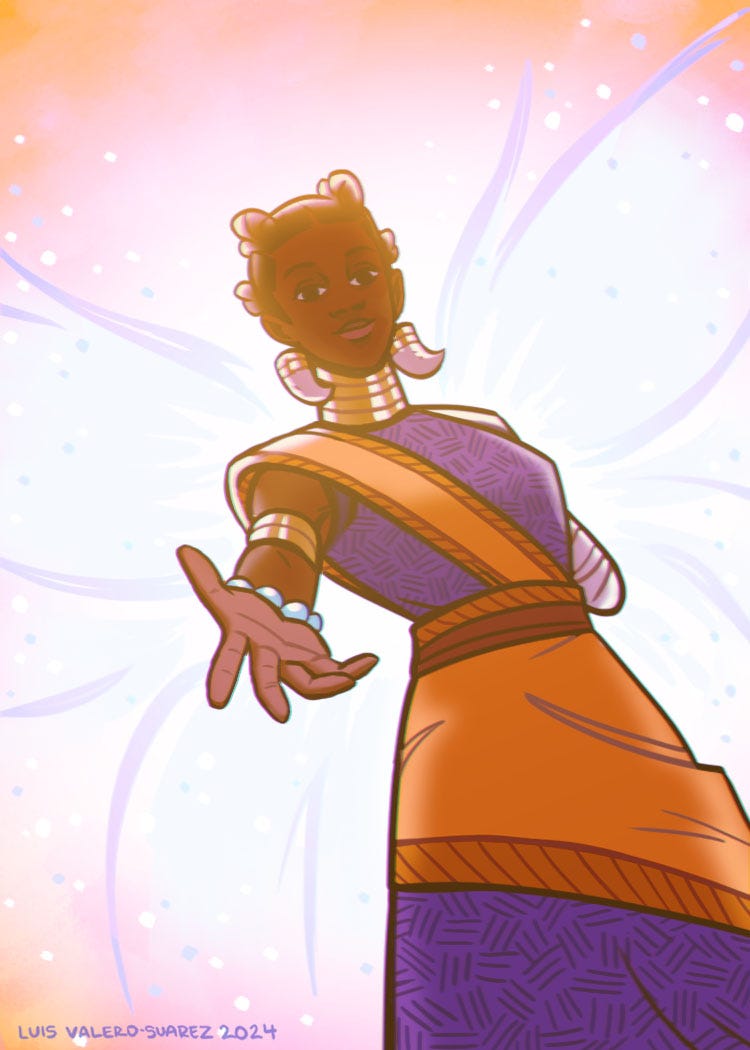
Luis! I love this design so much 💜💜💜 The People Could Fly is one of my favorite childrens books. It's so exciting to see what you're doing here.
One of my faves! I love this story!